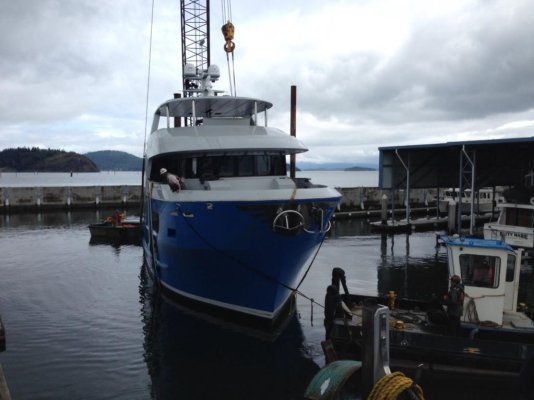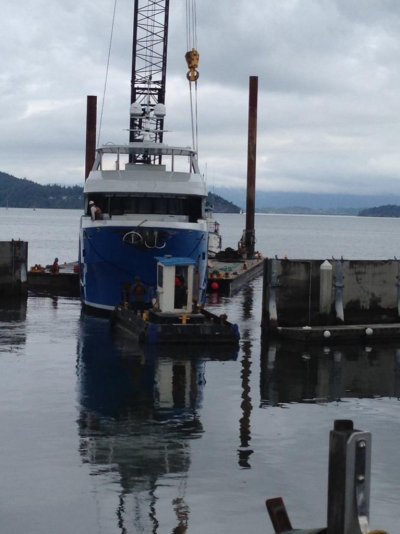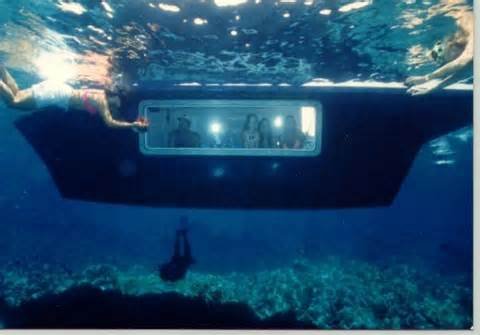I am kind of new to power boats having come from the blowboat world. I had always assumed that if my boat (sail boat and current Trawler style Nova) was laid over on it side it would stand back up. Is this not true? Would my Nova 36 lay over and stay there? Of course this is assuming that it does not fill with water or is being held down by breaking waves.
Laid over on it's side is a bit difficult to define. Most boats are self righting to a degree. But when they cross that line in a couple of different ways, then that is compromised. If they take on water that can either help or hinder. The real issue becomes if they cross that 90 degree line. As they approach that point much depends on the weight, the center of gravity, the amount of ballast. Ballast isn't just that put in as such, but equipment, engines, fuel, water. With any boat, once it crosses a tilt line it's going to go the rest of the way over. Now where that line is drawn is a matter of the stability of the boat. Without an accident of some sort occurring or some extremely bad conditions you'll never reach that point on most boats.
However, take an incomplete boat. Take a sailboat with full sails but then take away the keel. Take a power boat and remove all equipment in the lower level while adding to the top side. Take an expedition boat designed for a lot of ballast and remove it. Now you have not just the issue of stability as the finished boat would be, but a much worse situation. There are many boats that given an empty hull and just the superstructure would not be stable. But then periodically one comes across that even with the engines, equipment and designed ballast never reaches a satisfactory level of stability.
So for practical purposes your boat has virtually no risk of being tilted over. Built another thirty foot structure on top however and remove all equipment, all keel, all running gear, all engines, fuel and water, and it would be much less stable.
I've seen larger boats too very dependent on fuel and water. I recall one that had to design the side fuel tanks to flow equally into a day tank in the middle to be stable. It was to me unsatisfactory to have that slim tolerance. A well designed boat is going to remain stable regardless of such factors.
Now, go to the extreme of stability. Elling just ran demonstrations on their boat as it's self righting.
http://elling360.com/








